System-of-Systems Design Thinking on Behavior
Abstract
:1. Introduction
2. System-of-Systems (SoS) Design
2.1. System-of-Systems
- (1)
- autonomy, where constituent systems within the SoS can operate and function independently and the capabilities of the SoS depends on this autonomy;
- (2)
- belonging (integration), which implies that the constituent systems and their parts have the option to integrate to enable SoS capabilities;
- (3)
- connectivity between components and their environment;
- (4)
- diversity (different perspectives and functions); and
- (5)
- emergence (foreseen or unexpected).
2.2. SoS Design as an Informed Process
3. Subject-Oriented Design of SoS
3.1. Specification Constituents and Models
- A simple communication protocol (using SIDs) and, thus,
- standardized behavior structures (enabled by SBDs), and
- scaling in terms of complexity and scope.
3.2. Supporting Adaptive SoS Design
- Purposefulness, pursuing a goal and determining paths of action accordingly;
- Controlled autonomy, as a system component is able to pursue its own goals seemingly independently; and
- Situatedness of system components, i.e., being aware of the surrounding environment, being capable of perceiving changes, and responding appropriately.
- A system component (subject) is a behavior abstraction for a specific purpose. It can stem from a functional role, type of application, or intention to capture behavior on an abstract level;
- A subject as a system component has controlled autonomy, as it encapsulates behavior to pursue a specific goal independently (while being interrelated through communication structures with other system components); and
- A subject is situated in an environment of subjects, and, most importantly, it is aware of this environment of the other subjects as it is exchanging messages within this environment (SoS). This mechanism allows not only perceiving changes and responding appropriately, but acquiring information about behavior of other subjects of the environment.
4. Conclusions
Conflicts of Interest
References
- Dittmar, A.; Dardar, L. Personal ecologies of calendar artifacts. J. Interact. Sci. 2015, 3, 2. [Google Scholar] [CrossRef]
- Kallinikos, J.; Aaltonen, A.; Marton, A. The Ambivalent Ontology of Digital Artifacts. MIS Q. 2013, 37, 357–370. [Google Scholar]
- Gruber, M.; De Leon, N.; George, G.; Thompson, P. Managing by design. Acad. Manag. J. 2015, 58, 1–7. [Google Scholar] [CrossRef]
- Storni, C.; Binder, T.; Linde, P.; Stuedahl, D. Designing things together: Intersections of co-design and actor–network theory. CoDesign 2015, 11, 149–151. [Google Scholar] [CrossRef]
- Acheson, P.; Daglo, C.; Kilicay-Ergin, N. Model Based Systems Engineering for System of Systems Using Agent-Based Modeling. Procedia Comput. Sci. 2013, 16, 11–19. [Google Scholar] [CrossRef]
- Alam, I.I. Moving Beyond the Stage Gate Models for Service Innovation: The Trend and the Future. Int. J. Econ. Pract. Theor. 2014, 4, 637–646. [Google Scholar]
- Tang, T.; Wu, Z.; Karhu, K.; Hämäläinen, M.; Ji, Y. Internationally distributed living labs and digital ecosystems for fostering local innovations in everyday life. J. Emerg. Technol. Web Intell. 2012, 4, 106–115. [Google Scholar] [CrossRef]
- Zheng, M.; Song, W.; Ming, X. A Framework for Integrating Industrial Product-Service Systems and Cyber-Physical Systems. In Proceedings of the 8th International Conference on Cross-Cultural Design, Toronto, ON, Canada, 17–22 July 2016; Lecture Notes in Computer Science; Springer International Publishing: Berlin, Germany, 2016; Volume 9741, pp. 628–637. [Google Scholar]
- Yoo, Y.; Boland, R.J., Jr.; Lyytinen, K.; Majchrzak, A. Organizing for innovation in the digitized world. Organ. Sci. 2012, 23, 1398–1408. [Google Scholar] [CrossRef]
- Kim, K.; Altmann, J.; Baek, S. Role of Platform Providers in Software Ecosystems; Technology Management, Economics, and Policy Program (TEMEP). Discussion Paper No. 2015:120; Seoul National University: Seoul, Korea, 2015. [Google Scholar]
- Jaradat, R.M.; Keating, C.B.; Bradley, J.M. A histogram analysis for system of systems. Int. J. Syst. Syst. Eng. 2014, 5, 193–227. [Google Scholar] [CrossRef]
- Maier, M.W. Research challenges for systems-of-systems. In Proceedings of the International Conference on Systems, Man and Cybernetics, Waikoloa, HI, USA, 10–12 October 2005; IEEE: New York, NY, USA, 2005; Volume 4, pp. 3149–3154. [Google Scholar]
- Kotov, V. Systems of Systems as Communicating Structures; Hewlett Packard: Bristol, UK, 1997. [Google Scholar]
- Jamshidi, M. (Ed.) System of Systems Engineering: Innovations for the Twenty-First Century; John Wiley & Sons: New York, NY, USA, 2011; Volume 58.
- IEEE-Reliability Society. Technical Committee on ‘Systems of Systems’. In Systems-of-Systems; White Paper; IEEE: New York, NY, USA, 2014; p. 5. [Google Scholar]
- Stary, C.; Wachholder, D. System-of-systems support—A bigraph approach to interoperability and emergent behavior. Data Knowl. Eng. 2016, 105, 155–172. [Google Scholar] [CrossRef]
- Lane, J.A.; Epstein, D. What Is a System of Systems and Why Should I Care? Report USC-CSSE-2013-001; University of Southern California: Los Angeles, CA, USA, 2013. [Google Scholar]
- Best, A.; Greenhalgh, T.; Lewis, S.; Saul, J.E.; Carroll, S.; Bitz, J. Large-system transformation in health care: A realist review. Milbank Q. 2012, 90, 421–456. [Google Scholar] [CrossRef] [PubMed]
- Margaria, T.; Boelmann, S.; Doedt, M.; Floyd, B.; Steffen, B. Customer-oriented business process management: Vision and obstacles. In Conquering Complexity; Hinchey, M., Coyle, L., Eds.; Springer: London, UK, 2012; pp. 407–429. [Google Scholar]
- Campos, J.; Lopez-Sanchez, M.; Rodriguez-Aguilar, J.A.; Esteva, M. Formalizing Situatedness and Adaption in Electronic Institutions. In Proceedings of the COIN 2008; LNAI 5428; Springer: Berlin, Germany, 2009; pp. 126–139. [Google Scholar]
- Matheus, C.J.; Baclawski, K.; Kokar, M.M.; Letkowski, J.J. Using SWRL and OWL to capture domain knowledge for a situation awareness application applied to a supply logistics scenario. In Proceedings of the International Workshop on Rules and Rule Markup Languages for the Semantic Web, Galway, Ireland, 10–12 November 2005; Springer: Berlin/Heidelberg, Germany, 2005; pp. 130–144. [Google Scholar]
- Rolland, C.; Prakash, N.; Benjamen, A. A Multi-Model View of Process Modelling. Requir. Eng. 1999, 4, 169–187. [Google Scholar] [CrossRef]
- Barwise, J.; Perry, J. Situations and attitudes. J. Philos. 1981, 78, 668–691. [Google Scholar] [CrossRef]
- Dobbyn, C.; Stuart, S. The Self as Embedded Agent. Minds Mach. 2003, 13, 187–201. [Google Scholar] [CrossRef]
- Senge, P. The Fifth Discipline: The Art and Practice of the Learning Organization; Doubleday: New York, NY, USA, 2005. [Google Scholar]
- Frank, M. Engineering Systems Thinking: Cognitive Competencies of Successful Systems Engineers. Procedia Comput. Sci. 2012, 8, 273–278. [Google Scholar] [CrossRef]
- Fleischmann, A.; Schmidt, W.; Stary, C.; Obermeier, S.; Börger, E. Subject-Oriented Business Process Management; Springer: Berlin, Germany, 2012. [Google Scholar]
- Herrgard, T. Difficulties in diffusion of tacit knowledge in organizations. J. Intell. Cap. 2000, 1, 357–365. [Google Scholar] [CrossRef]
- Parsaye, K.; Chignell, M. Expert Systems for Experts; Wiley: New York, NY, USA, 1988. [Google Scholar]
- Grosskopf, A.; Edelman, J.; Weske, M. Tangible business process modeling methodology and experiment design. In Business Process Management Workshops; Lecture Notes in Business Information Processing; Rinderle-Ma, S., Sadiq, S., Leymann, F., Eds.; Springer: Berlin/Heidelberg, Germany, 2010; Volume 43, pp. 489–500. [Google Scholar]
- Brey, P. The Epistemology and Ontology of Human-Computer Interaction. Mind Mach. 2005, 15, 383–398. [Google Scholar] [CrossRef]
- Harman, J.; Brown, R.; Kannengiesser, U.; Meyer, N.; Rothschädl, T. Model while you do. Engaging an S-BPM vendor on process modeling in 3D worlds. In S-BPM in the Wild—Value Creating Practice in the Field; Fleischmann, A., Schmidt, W., Stary, C., Eds.; Springer: Berlin, Germany, 2015. [Google Scholar]
- Himma, K.E. Artificial Agency, Consciousness, and the Criteria for Moral Agency. Ethics Inf. Technol. 2009, 11, 19–29. [Google Scholar] [CrossRef]
- Fleischmann, A.; Schmidt, W.; Stary, C. S-BPM in the Wild: Practical Value Creation; Springer Publishing Company, Incorporated: Berlin, Germany, 2015. [Google Scholar]
- Neubauer, M.; Stary, C. S-BPM in the Production Industry. A Stakeholder Approach; Springer Publishing Company, Incorporated: Berlin, Germany, 2017. [Google Scholar]
- Stary, C. Non-disruptive knowledge and business processing in knowledge life cycles-aligning value network analysis to process management. J. Knowl. Manag. 2014, 18, 651–686. [Google Scholar] [CrossRef]
- Sterling, L.; Taveter, K. The Art of Agent-Oriented Modeling; MIT Press: Cambridge, MA, USA, 2009. [Google Scholar]
- North, M.J.; Macal, C.M. Managing Business Complexity: Discovering Strategic Solutions with Agent-Based Modeling and Simulation; Oxford University Press: Oxford, UK, 2007. [Google Scholar]
- Gero, J.S.; Fujii, H. A computational framework for concept formation for a situated design agent. Knowl. Based Syst. 2000, 13, 361–368. [Google Scholar] [CrossRef]
- Gero, J.S.; Kannengiesser, U. The Situated-Function-Behaviour-Structure framework. In Artificial Intelligence in Design’02; Gero, J.S., Ed.; Kluwer: Dordrecht, The Netherlands, 2002; pp. 89–104. [Google Scholar]
- Dai, P.; Ho, S.S. A smartphone user activity prediction framework utilizing partial repetitive and landmark behaviors. In Proceedings Mobile Data Management; IEEE: New York, NY, USA, 2014; Volume 1, pp. 205–210. [Google Scholar]
- Chen, S.; Ghorbani, M.; Wang, Y.; Bogdan, P.; Pedram, M. Trace-Based Analysis and Prediction of Cloud Computing User Behavior Using the Fractal Modeling Technique. In Proceedings Big Data Congress; IEEE: New York, NY, USA, 2014; pp. 733–739. [Google Scholar]

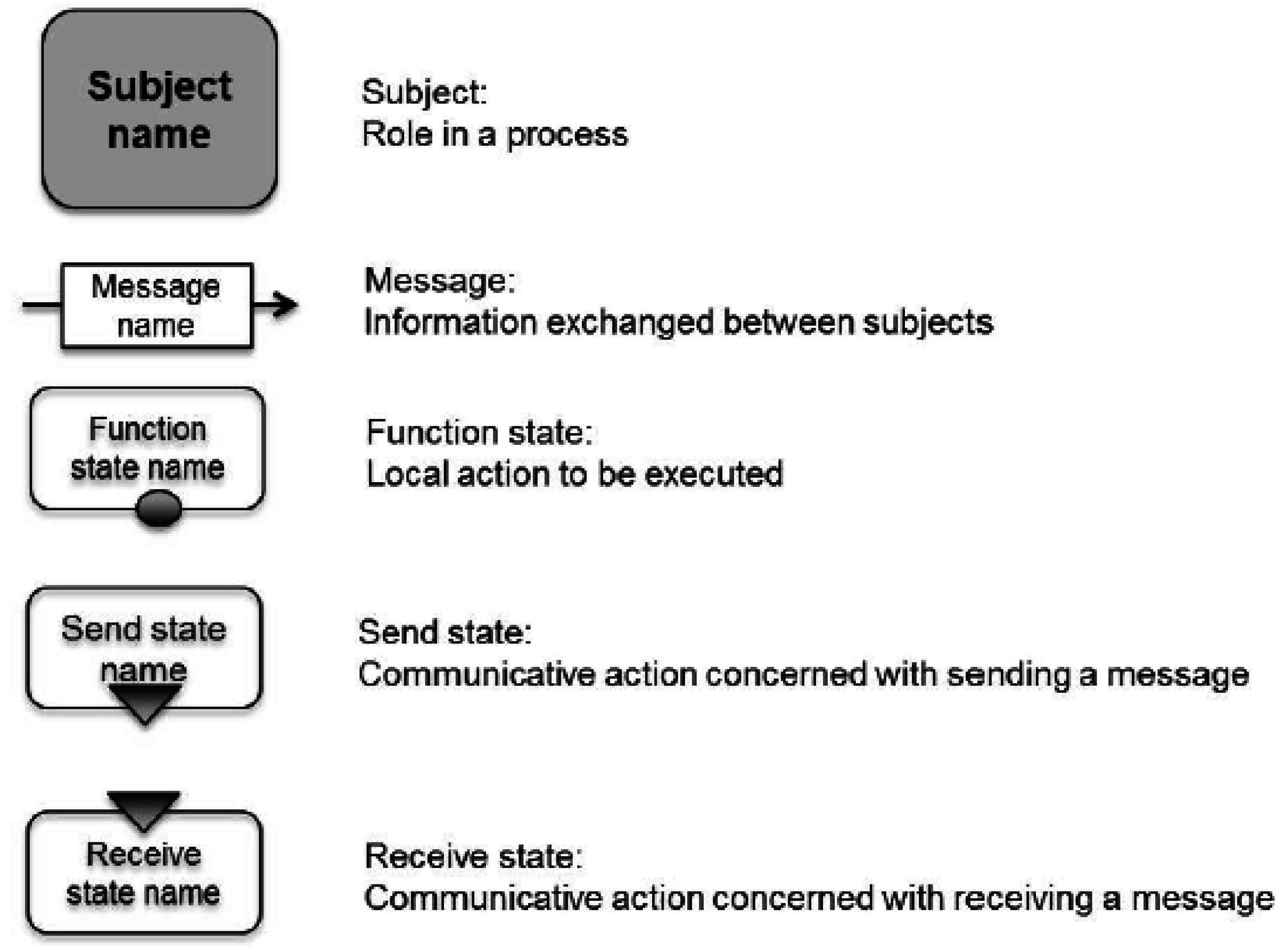
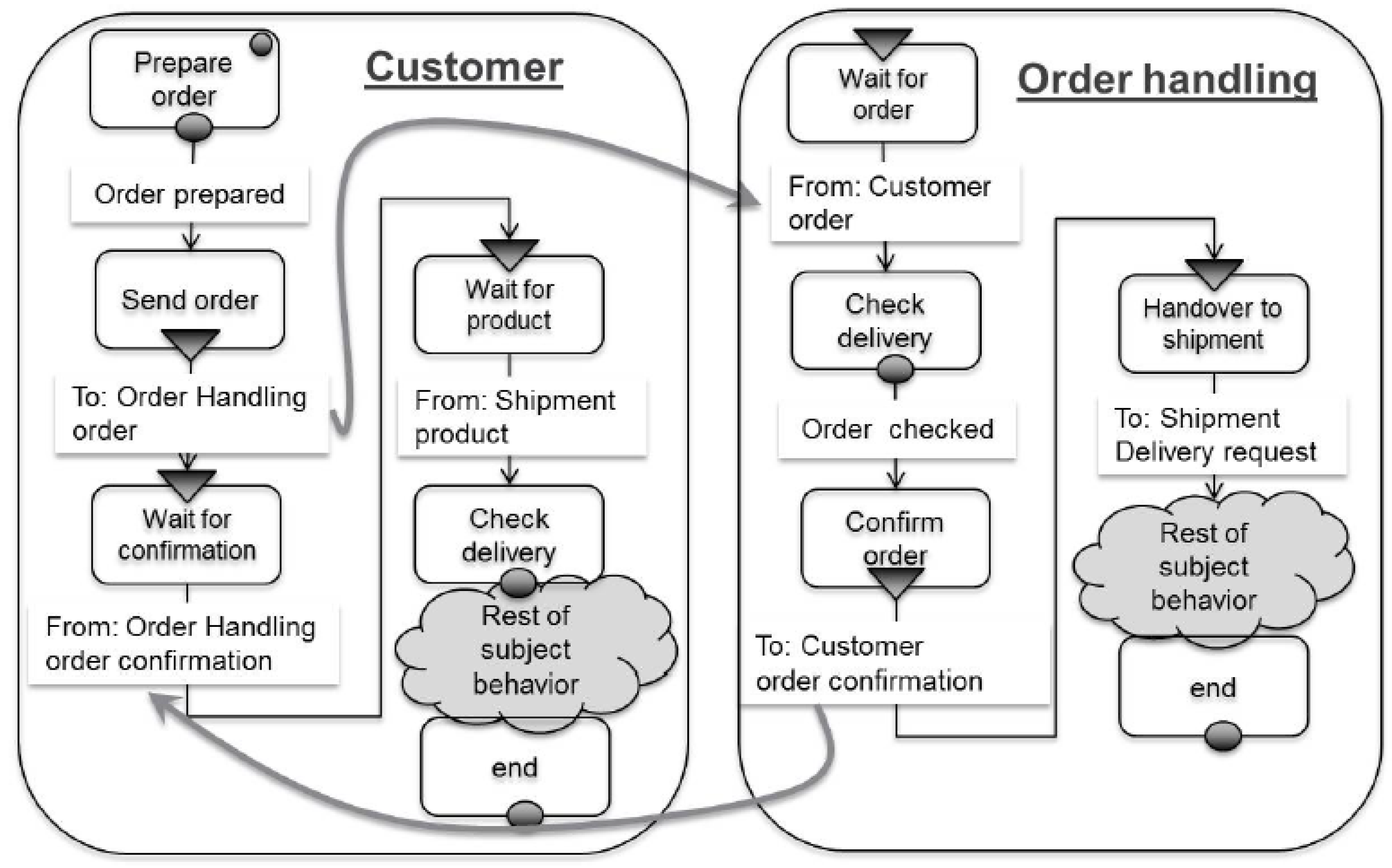

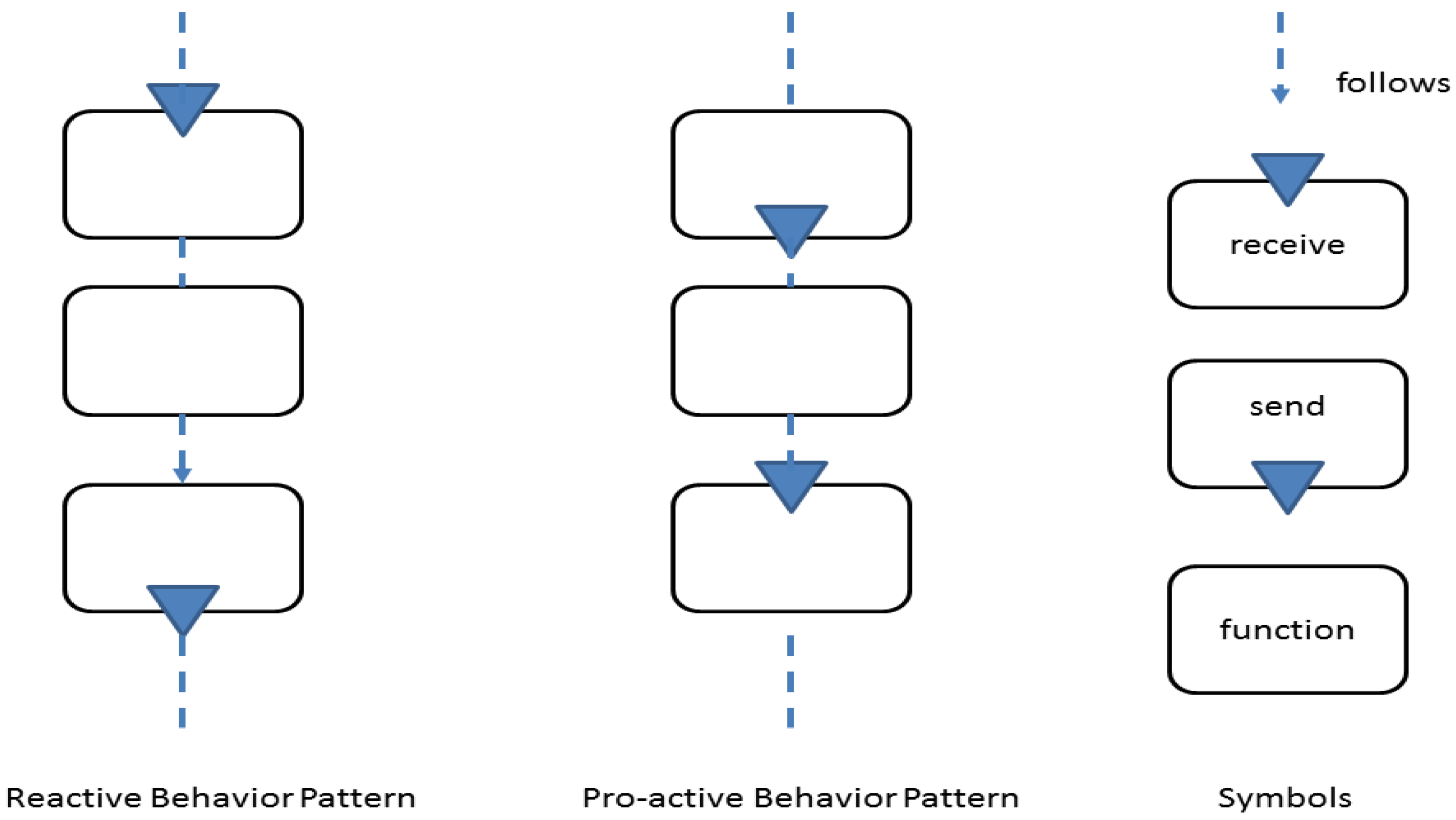
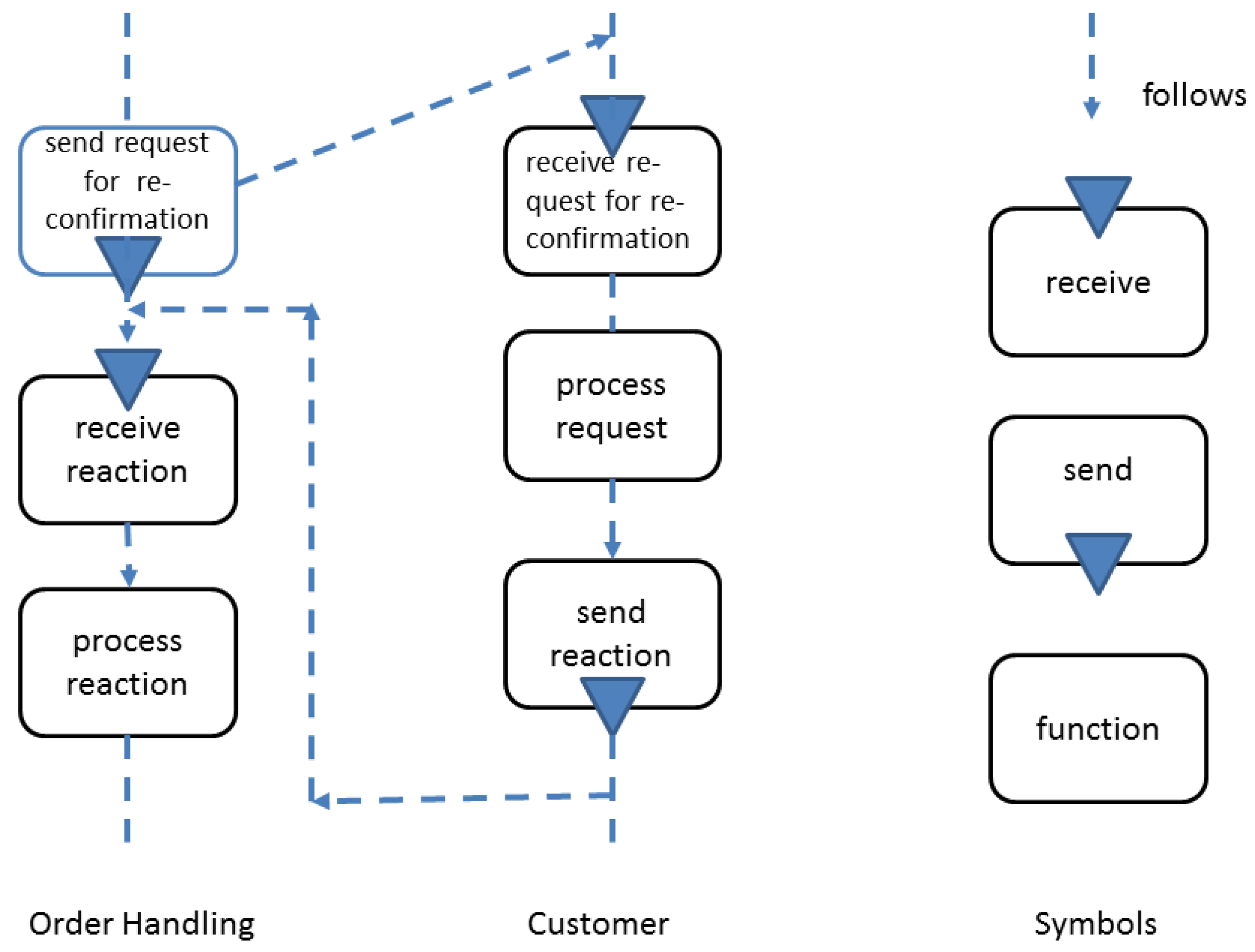


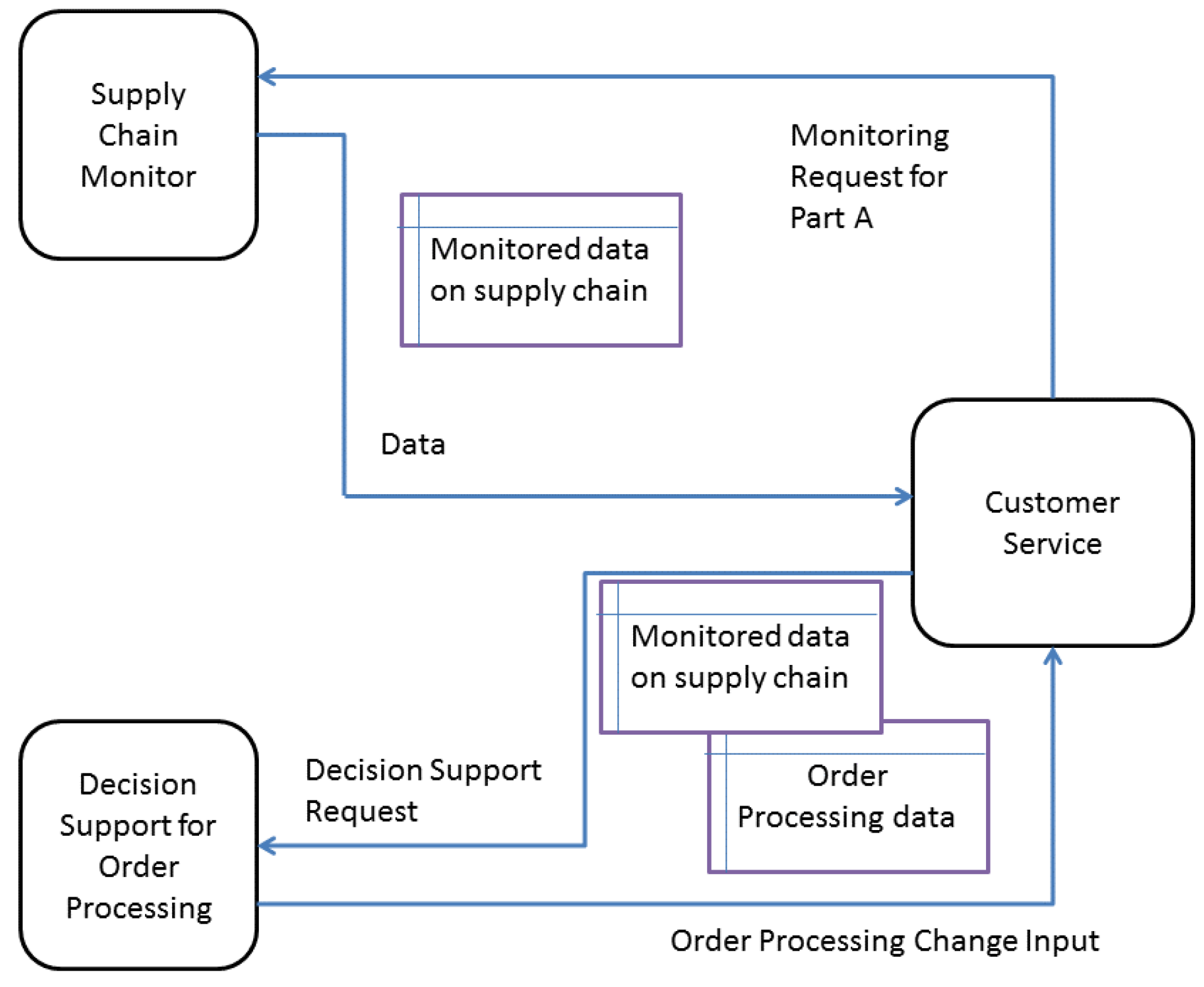
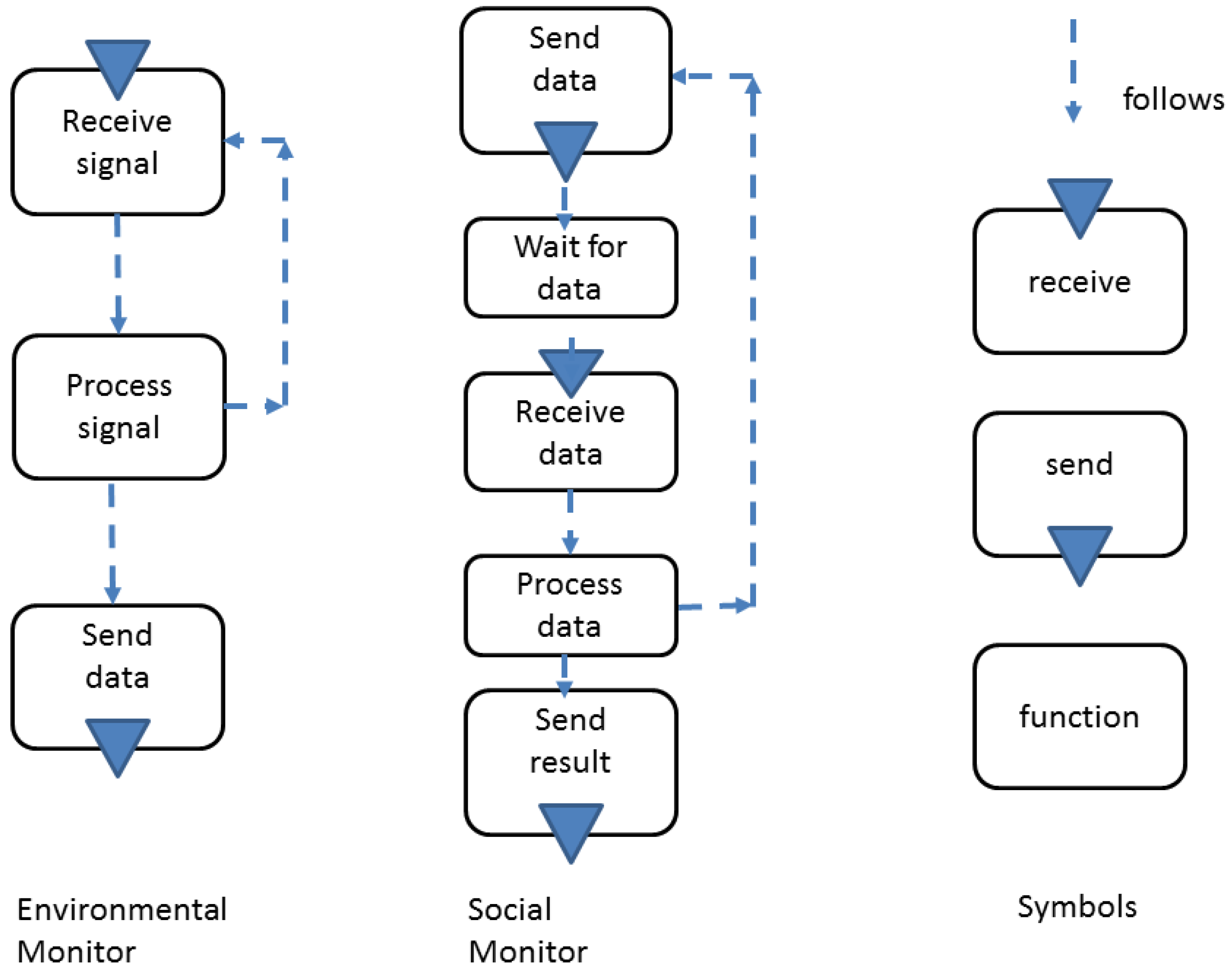

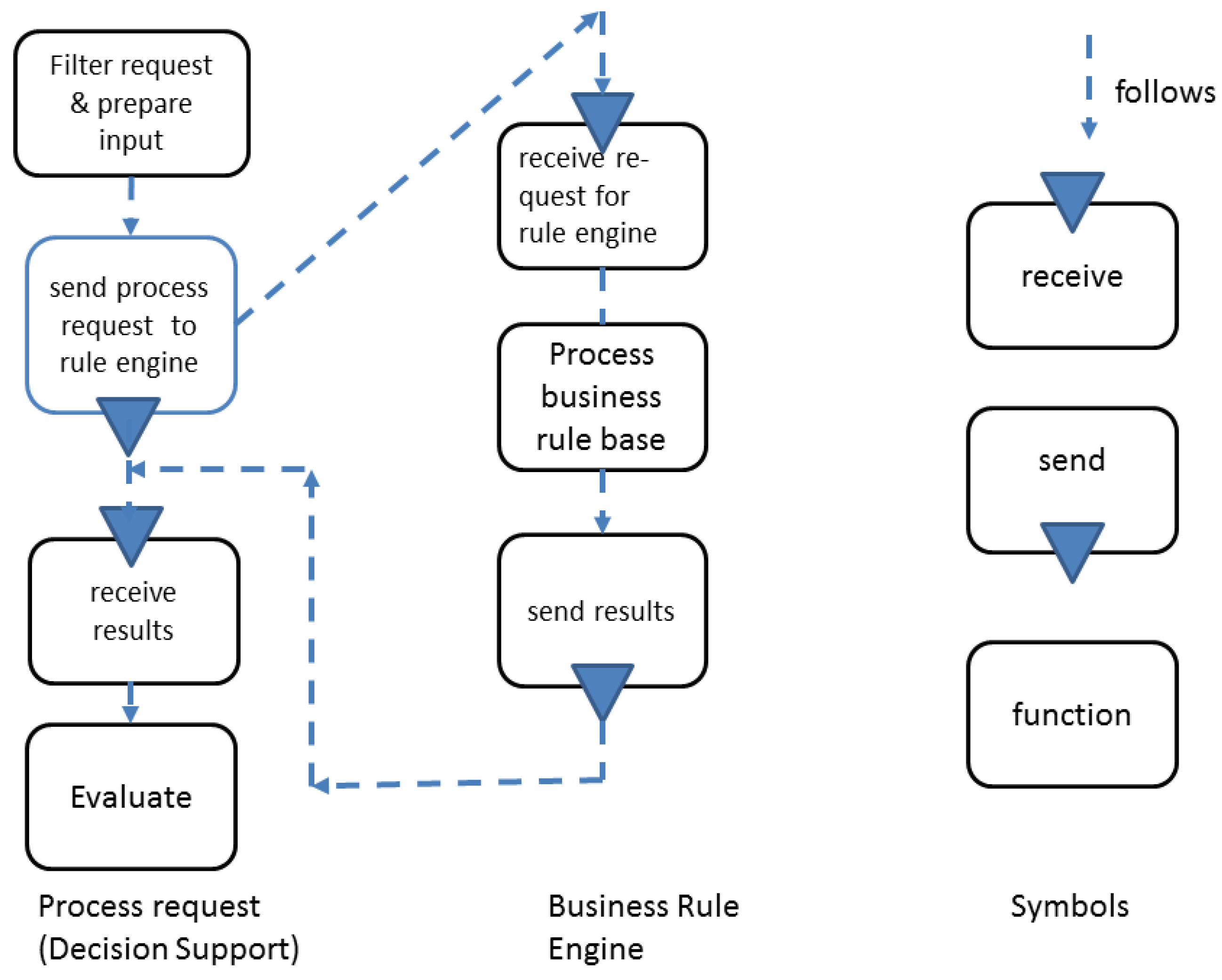

© 2017 by the author. Licensee MDPI, Basel, Switzerland. This article is an open access article distributed under the terms and conditions of the Creative Commons Attribution (CC BY) license ( http://creativecommons.org/licenses/by/4.0/).
Share and Cite
Stary, C. System-of-Systems Design Thinking on Behavior. Systems 2017, 5, 3. https://doi.org/10.3390/systems5010003
Stary C. System-of-Systems Design Thinking on Behavior. Systems. 2017; 5(1):3. https://doi.org/10.3390/systems5010003
Chicago/Turabian StyleStary, Christian. 2017. "System-of-Systems Design Thinking on Behavior" Systems 5, no. 1: 3. https://doi.org/10.3390/systems5010003
APA StyleStary, C. (2017). System-of-Systems Design Thinking on Behavior. Systems, 5(1), 3. https://doi.org/10.3390/systems5010003





